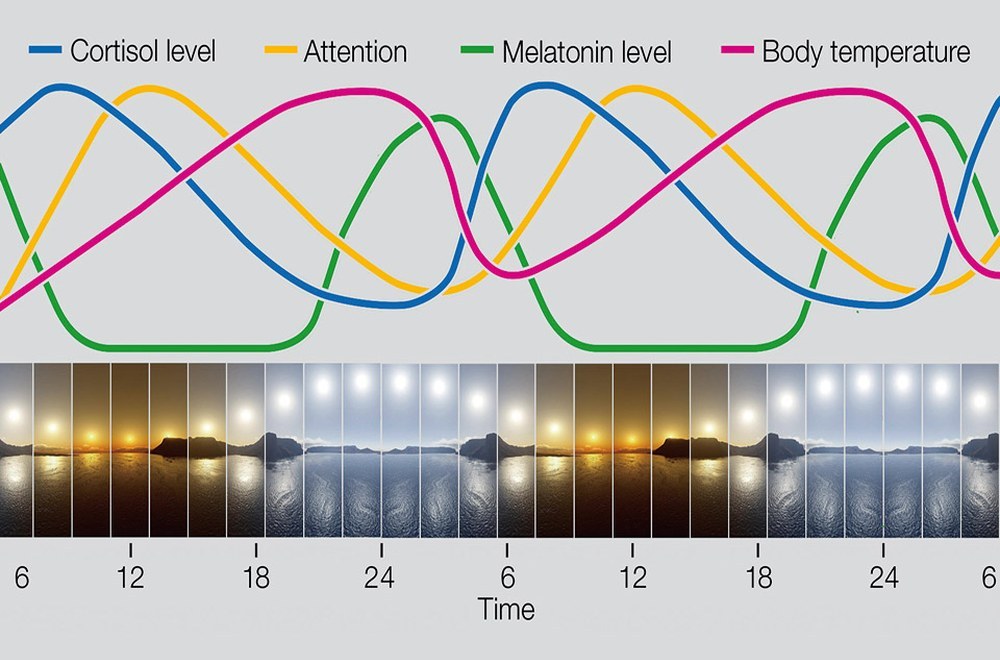Designing With Tunable White Light in Focus at the National Lighting Bureau’s Annual Lighting Forum
Relying on tunable white light “is the best, most-affordable way to ‘future-proof’ your work and designs and ensure very high performance.” So said Terry Clark, Founder and Chairman of the Board of Finelite, Inc., while participating in the National Lighting Bureau’s Annual Lighting Forum as one of three panelists focused on new and emerging developments in tunable white light; i.e., lighting whose color and other elements can be adjusted to meet a variety of needs and preferences. Other panelists included Brent Protzman, Ph.D., Director of Building Science and Standards Development, Lutron Electronics, Inc., and Sandra Stashik, P.E., F.IES, LEED AP, Director, Strategic Specification Development, Acuity Brands Lighting. EdisonReport Editor and Publisher Randy Reid moderated the discussion.
Three types of tunable white light are now available, Mr. Clark pointed out: dim-to-warm lighting, meaning light-emitting diodes (LEDs) that mimic incandescent lighting, in that their color output becomes warmer as they are dimmed; two-color-white lighting that mixes cool-white and warm-white light; and precision lighting that can require as many as seven LEDs. Ms. Stashik noted that, right now, dim-to-warm LED lighting seems the most popular, in part because it is the least expensive form of tunable white light and its control systems are relatively simple. Nonetheless, more robust tunable systems with simplified controls are now a reality, and more are under development. Their application will likely accelerate when reports quantifying their benefits are published.
One of the most important applications for tunable white light will occur in health-care facilities, especially for patients dealing with dementia and Alzheimer’s Disease. By using light as a stimulant during morning hours, patients will nap less during the day, enabling them to sleep better at night. Using light in this way can also reduce the patients’ agitation.
In commercial applications, tunable white light can be used to affect the colors of surfaces in a space. This gives building owners the ability to provide lighting that is highly compatible with a given tenant’s interior design, and to adjust the lighting to make it ideally suited for the next tenant’s interior design, avoiding the need to replace the existing system for each new tenant.
Watch the “Designing with Tunable White Light” discussion free of charge at https://nlb.org/lighting-forum-videos/.
The National Lighting Bureau is an independent, IRS-recognized not-for-profit, educational foundation that has served as a trusted lighting-information source since 1976. The Bureau’s services are provided to the public free of charge, thanks to the generous funding of the organization’s sponsors: professional societies, trade associations, labor unions, manufacturers, and agencies of the U.S. government, including:
- Current, Powered by GE;
- Forest Lighting;
- Illuminating Engineering Society (IES);
- Imperial Lighting Maintenance Company;
- interNational Association of Lighting Management Companies (NALMCO);
- International Brotherhood of Electrical Workers (IBEW);
- Lighting Controls Association (LCA);
- LumenOptix;
- Lutron Electronics Company, Inc.;
- Luxtech;
- National Electrical Contractors Association (NECA);
- National Electrical Manufacturers Association (NEMA);
- OSRAM; and
- S. General Services Administration.
Obtain more information about the Bureau by visiting its website (www.nlb.org) or by contacting its staff at info@nlb.org or 304.870.4249.

